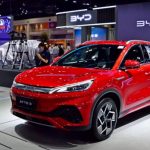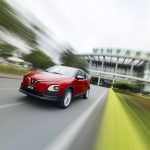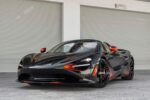In a recent interview, Mr. Yin Tongyao, Chairman of Chinese automaker Chery, confirmed rumors that Jaguar Land Rover cars will indeed be using Chery’s vehicle platforms.
Specifically, Jaguar Land Rover’s plug-in hybrid (PHEV) and battery electric vehicles (BEV) will be developed based on Chery’s M3X and E0X platforms. These are the same platforms used for popular Chery models such as the Exlantix ET, Exlantix ES, Luxeed 7, Luxeed R7, Exeed RX, and Tiggo 9.
The M3X platform is a modular architecture developed by Chery with assistance from German partner Bentler. It is designed for both internal combustion engine and PHEV vehicles.
On the other hand, the E0X platform is a result of Chery’s collaboration with tech giant Huawei. This platform offers flexibility in body design and is specifically engineered for BEVs, supporting high-voltage 800V systems, advanced driver-assistance systems, and air suspension.
Jaguar Land Rover and Chery have been partners in the Chinese market for over 12 years, so it is no surprise that they are now sharing platforms.
In 2012, the two companies established a joint venture in China to produce Jaguar Land Rover vehicles, which began operations in 2014 and continues to this day.
Over the years, Jaguar Land Rover engineers have provided support to Chery in suspension development, and Land Rover designs have inspired Chery’s own models. Now, Chery is returning the favor.
Jaguar Land Rover has been lagging in the global electric vehicle race, with their only fully electric model, the Jaguar I-Pace, released six years ago. This delay in embracing the electric trend has impacted their sales, especially in the Chinese market, which may explain their parent company Tata’s decision to seek Chery’s assistance.
The vehicles resulting from this collaboration are likely to be sold exclusively in China. Jaguar Land Rover is not alone in this strategy, as several other automakers have also partnered with Chinese companies to develop new energy vehicles (NEVs). For example, Mitsubishi’s Airtrek uses GAC’s GEP platform, Smart and Lotus electric vehicles are based on Geely’s SEA platform, Renault models use Geely’s CMA platform, and Volkswagen has collaborated with Xpeng for their E/E platform. Even Audi’s future electric vehicles will be built on SAIC’s iO Origin platform.
Chery is no stranger to the Vietnamese market, either. In June 2024, the company re-entered Vietnam with two new sub-brands, Omoda and Jaecoo, launching four new models: the Omoda C5, Omoda E5, Jaecoo J7, and Jaecoo J7 PHEV.


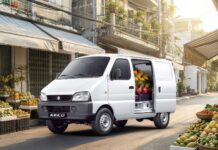
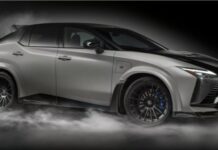
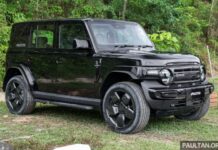
























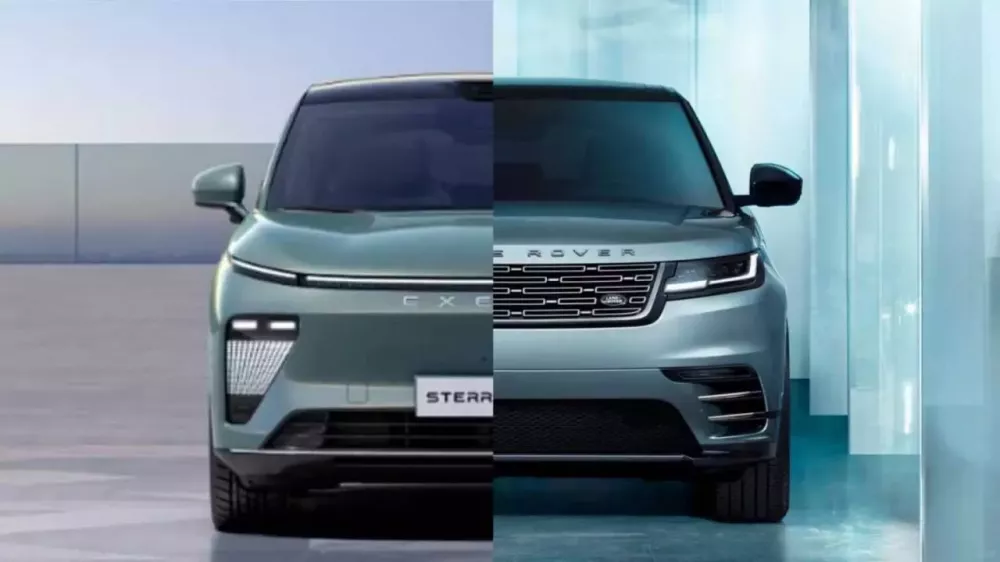
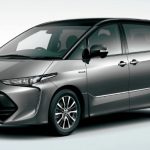
![[Quick Review] Hyundai IONIQ 5 – A Vehicle from the Future](https://vnauto.net/wp-content/uploads/2023/10/xehay-hyundaiioniq5-18052022-2-150x150.jpg)
